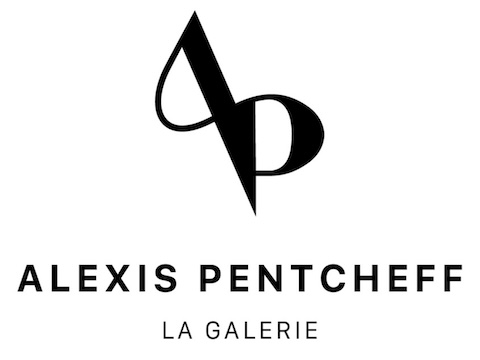Au Rat Mort, circa 1907
Oil on cardboard lined on panel, signed lower right.
67.50 x 54 cm
Provenance :
Private collection, South of France
Exhibitions :
Centenaire Auguste Chabaud, Palais des Papes, Avignon, 1982, n°57.
Auguste Chabaud, Musée des beaux-arts d’Orléans, 1986, illustrated on exhibition catalogue p. 53 (n°29).
Le goût chaud de la vie, le sens de la fête chez Auguste Chabaud, Musée de région Auguste Chabaud, Graveson, 2000, n°3.
Auguste Chabaud, La ville de jour comme de nuit, Paris 1907-1912, Musée Cantini, Marseille, 2003-2004, illustrated on exhibition catalogue, RMN, p. 158 (n°128).
Chabaud, Fauve et expressionniste, Musée Paul Valéry, Sète, 2012, illustrated on exhibition catalogue, Maïthé Vallès-Bled curator, Editions au Fil du Temps, p. 107 (n°43).
Bibliographie :
Raymond Charmet, Auguste Chabaud, Bibliothèque des Arts, Paris, 1973, illustrated on p.155 (n°54).
Serge Fauchereau, Auguste Chabaud : époque Fauve, André Dimanche éditeur, Marseille, 2002, illustrated on p.86 (n°89).
Certificate of authenticity established by Mr Patrice Leoni, great grandson of the artist dated October 29, 2021.
Au Rat Mort, a painting from Auguste Chabaud's “Parisian period”
The title of this work, which may seem surprising at first, is that of the Montmartre cabaret that the artist represents here. The Rat Mort, a mecca of Parisian nightlife, this café-restaurant, open all night long on Place Pigalle, was also the meeting place of literary and artistic Paris at the beginning of the 20th century, while Montmartre hosted an intense pictorial activity.
It is obviously the district that the young Auguste Chabaud chose to settle in this year 1906, while he has just finished his military service.
He would remain there, intermittently, until the First World War, alternating stays in Paris and in the South of France. In the capital, he frequented the pleasure houses more than the academies and secretly cultivated this life of a young man free of all ties, of an artist free of all doctrine.
The "Parisian period" of the artist is the one that can be distinguished between these dates.
Surprisingly modern, if not really attached to a particular trend, Chabaud's works in this very fertile period, constitute avant-garde works in more ways than one.
His life as a night owl becomes the main subject of hallucinated works, violently contrasted, populated with strange characters whose framing accentuates the disturbing physiognomies.
That evening, at the Rat mort, a little red bellboy (Chabaud's fascination with uniforms and costumes...) stands at his post while two dandies in black smocking stand out from the vermilion walls panelled with a geometric pattern in green and gold.
What do they evoke together behind their monocles? The consequences of the Russian loan, the first flight of Louis Blériot or the Franco-Japanese treaty?
And who could be sitting next to the mysterious man whose kepi is popping up in the foreground like a devil out of a box...
Graphic and explosive, this work by Chabaud is emblematic of his production in the years when the whirlwind of Parisian nights took him, pushing the man into the recesses of his soul and his painting into new entrenchments.
Fascination and mystery permeate these works from the artist's Parisian period and a century later, it seems to us that Chabaud's Montmartre nights have lost none of their sulphurous appeal.

